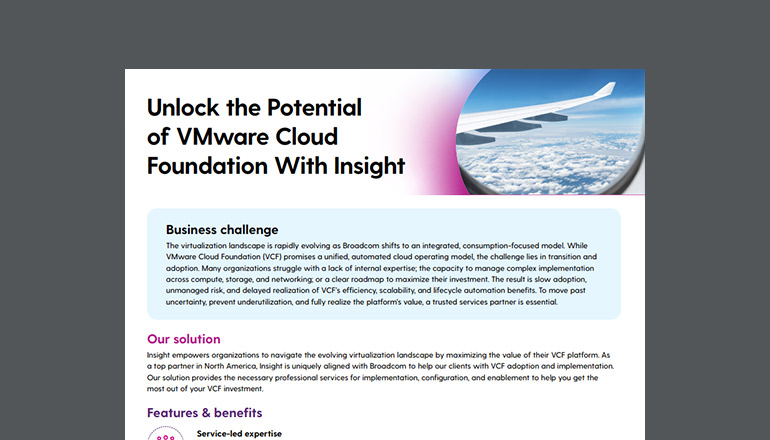Glossary What is the cloud?
By / 2 Jan 2023 / Topics: Cloud
Cloud refers to data stored at a data center that can be accessed on the internet as an on demand service. Storing information in the cloud eliminates the need to keep data on hard drives on site, making information easily accessible from any location at any time. Using the cloud can save on costs and allow for more flexibility in IT processes — all while making data more secure and reliable.
The cloud has been instrumental in driving digital transformation— the process of using technology to create new or modify existing capabilities. Many software publishers have moved their technology to the cloud, creating as-a-service models that provide end users and organizations anywhere, anytime access to their data and digital capabilities.
Cloud security best practices
Organizations should update their governance models, review data sensitivity and determine appropriate workloads before migrating to the public cloud. The level of responsibility for cybersecurity in public cloud computing is shared with the cloud service provider and depends on the type of cloud platform. Organizations should also provide cybersecurity training for employees and deploy the right cybersecurity solutions. Cloud security best practices dictate that an organization should test and verify the governance model, assessing the performance of workloads and comparing public cloud providers' security services. By following these best practices, organizations can improve their outcomes and overall experience with public cloud platforms.




